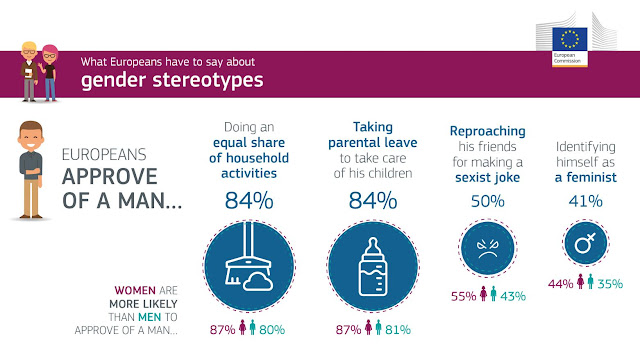The gender pay gap is defined as the relative difference in the average gross earnings of women and men within the economy as a whole.
There are considerable differences between EU countries, with the gender pay gap ranging from less than 8% in Belgium, Italy, Luxembourg, Poland, Romania, and Slovenia to more than 20% in Austria, the Czech Republic, Germany, Estonia and United Kingdom.
Every year the Commission marks
the European Equal Pay Day with Europe-wide information activities to reach out to Member States on the link between pay, earnings and pension entitlements in old age. European Equal Pay Day draws attention to the size and general inertia of the gender pay gap, as well as its underlying causes.
Why the European Equal Pay Day is in November? The gender pay gap in the EU still averages around 16%. The European Equal Pay Day date is calculated on this Eurostat figure and symbolizes when women across the EU would stop earning for the rest of the year in comparison to men.
In class, we discuss about “factors that contribute to the gender pay gap” and “what students have to say about gender stereotypes”(Is it acceptable for men to cry?, is the most important role of a women to take care of her home and family? etc).

“Equality between men and women is one of the fundamental values of the European Union, but this day reminds us that it is not one of its fundamental realities. The pay gap between women and men is already unfair, unjustified and unacceptable in the short term. But in the long term, it accumulates throughout a woman’s career and results in an even more significant pension gap, with women’s pensions 39% lower than men’s.”
(Jenny, one of the volunteers at school taking part in the activity)